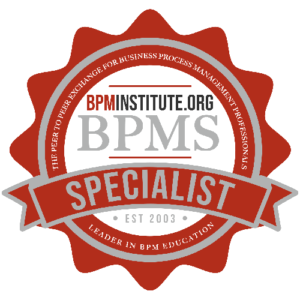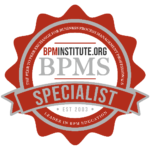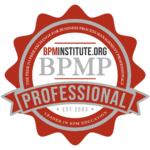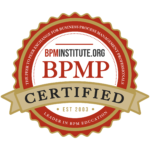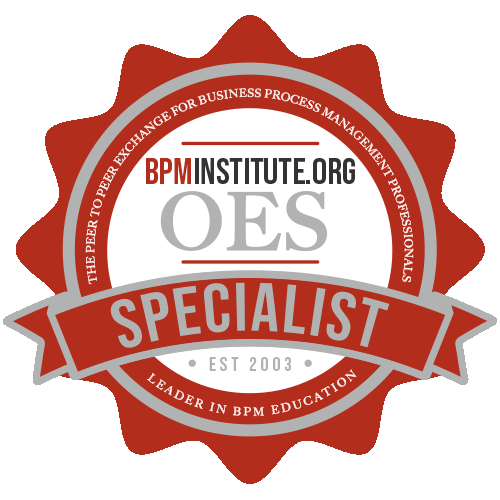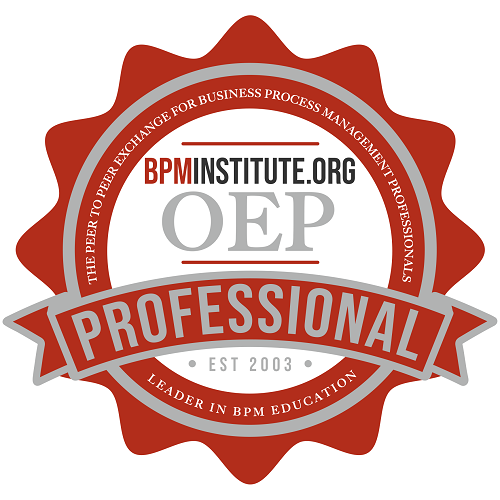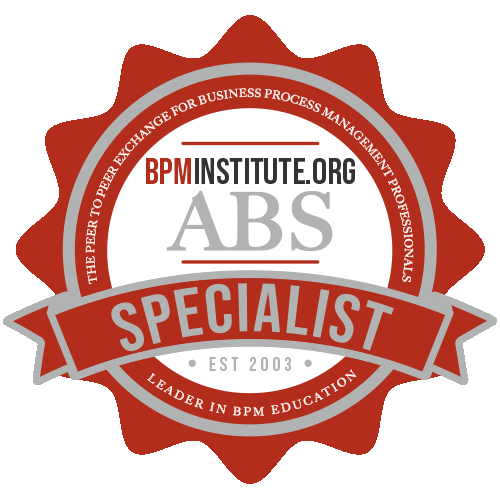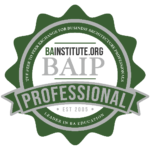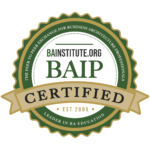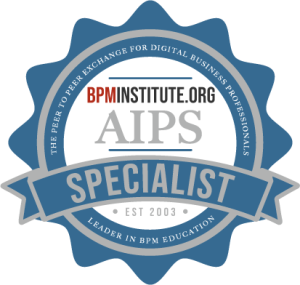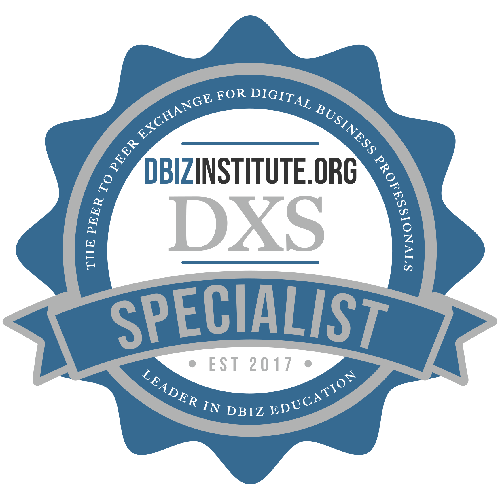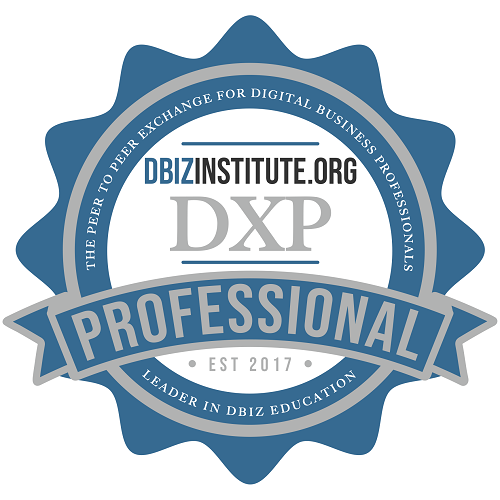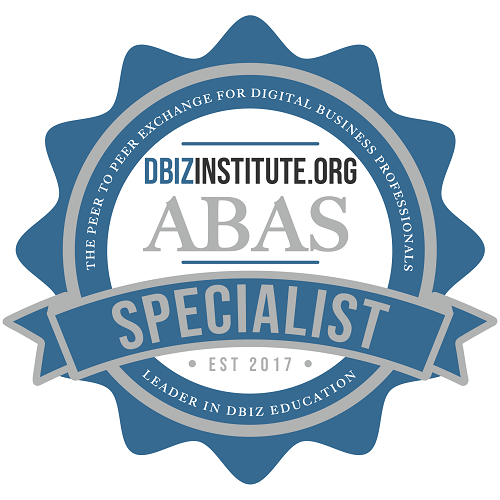Business Process Management (BPM) can sound like something reserved for specialists with training badges and long résumés. While formal education is valuable, many of the principles are within reach for anyone curious enough to ask how work really gets done. Even without a certificate, you can apply BPM in ways that make your job—and your organization—more efficient, effective, and agile.
Here are a few practical ways to start.
Think in Terms of Processes
At its core, BPM is about how people work together to create value. The shift comes when you stop seeing tasks as isolated and start asking questions like:
- Who is the customer?
- How does this task connect to the bigger picture?
- What steps come before and after it?
- Where are the handoffs and are they really being managed effectively?
The Institute frames BPM’s value in terms of efficiency, effectiveness, and agility. Seen that way, even a small improvement can ripple outward to benefit your team, the wider organization, and the customer who receives the final result.
Put It on Paper
You don’t need special tool or notation to get started. Take a process you know well—say, onboarding a new colleague or preparing a regular report—and sketch it out. A quick diagram can clarify what’s happening better than a page of description.
The priority of process documentation is communication: a picture really is worth a thousand words. By drawing out the process, you make it easier for everyone to see and discuss what really happens. Capture:
- Who is involved and what value is created
- What decisions get made
- Where handoffs occur
Very often, once things are visible, you’ll notice approvals that don’t add much or bottlenecks that stall the flow. That’s when the opportunities for change become clear.
Involve the People Who Do the Work
It’s easy to assume BPM starts in the boardroom. More often, the most useful insights come from the people closest to the process. Ask colleagues where things break down, gather their suggestions, and try out improvements together.
This kind of involvement does more than collect feedback—it demonstrates the value of BPM in action. When people see that their ideas lead to less hassle or fewer errors, they become advocates for the approach. And often, their suggestions point to quick wins: trimming unnecessary approvals, creating a shared inbox, or adding a simple checklist. These fixes may seem modest, but they free up time and build momentum for tackling bigger challenges later. This has an additional benefit of showcasing what BPM can do for the organization to get that top level support that is required for enterprise-wide BPM adoption.
Make Changes Stick
Even the smallest change can fizzle if nobody is sure who has authority or why the change matters. Governance doesn’t need to be heavy-handed, but it does need to be clear—whether that’s naming who has final say or agreeing how feedback will be handled.
Equally important is empowerment. In many cases, the best decision-maker is the team closest to the work. People are far more willing to try new ways of working when they know they’re trusted to act within agreed boundaries.
Communication ties it all together. Explaining the benefits in concrete terms—“this new template should cut our reporting time by a third” or “the revised workflow eliminates duplicate data entry”—helps colleagues see the value and commit to the change. When governance, empowerment, and communication line up, improvements have a much better chance of lasting.
Treat It as Ongoing Work
BPM isn’t a one-off project. It’s a management discipline—a way of paying attention to how work gets done and adjusting along the way.
After you put a change in place, check back. Did it solve the issue? Did it create new ones? Use that feedback to refine. In practice, that cycle of test–adjust–improve is what BPM promotes as well.
Closing Thought
You don’t need a certificate to begin. By looking at work through a process lens, putting it on paper, involving colleagues, trying quick wins, clarifying decisions, and refining as you go, you’ll already be helping your organization work smarter and adapt faster.
Formal training will expand your toolkit, but the real journey starts now—with the small improvements you choose to make. Over time, you’ll see how those early efforts connect to larger processes and, ultimately, to how your organization creates value for its customers. That’s when BPM shifts from being a set of tools to becoming the way work gets done.




